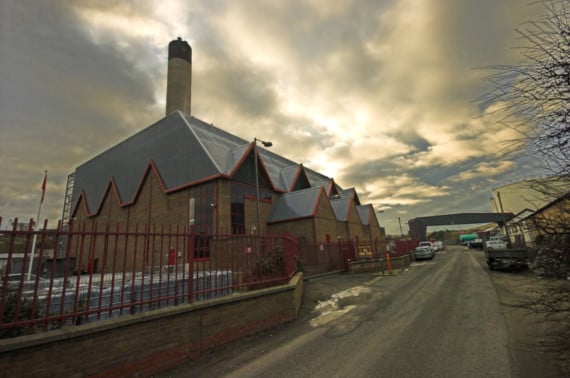Manx Utilities chairman Dr Alex Allinson said the town’s diesel-fired power station is used only when other sources of electricity generation are not available.
He was asked in Tynwald by Speaker Juan Watterson about the current timetable for its decommissioning, what the estimated cost will and what reduction in carbon emissions will result from its closure.
Peel power station uses ultra low sulphur diesel and produces about 1,100 tonnes of CO2 emissions a year - about 0.6% of Manx Utilities’ total emissions of 180,000 tonnes.
And the Peel plant operates only about 120 hours a year, as and when needed.
Dr Allinson told members it was no longer a primary plant but still had an important role to play when, for instance, a gas turbine at Pulrose power station is down for maintenance.
He said: ’There are currently no firm plans to decommission Peel power station.
’The plant remains part of the generation mix to ensure electrical supply resilience.
’It is, however, expensive to operate due to the cost of fuel and so is only operated if other sources of generation, such as the Pulrose or the interconnector cable, are unavailable.’
He said the Peel plant supplies energy into the grid when it is cost effective to do so. It remains capable of supplying 38 MW, or about 40% of the island’s maximum peak winter demand.
Dr Allinson said: ’Manx Utilities does recognise it has a significant role to play in the reduction of carbon emissions, which will be a continuation of its track record, which has included the commissioning of the hydro station at Sulby, the power interconnector to the UK, the CCGT plant [Pulrose] and ceasing operation of the Ramsey power station.’
He said the cost of eventually decommissioning Peel power station has not been determined and will depend on any possible future alternative uses for the site and a competitive procurement process.





Comments
This article has no comments yet. Be the first to leave a comment.